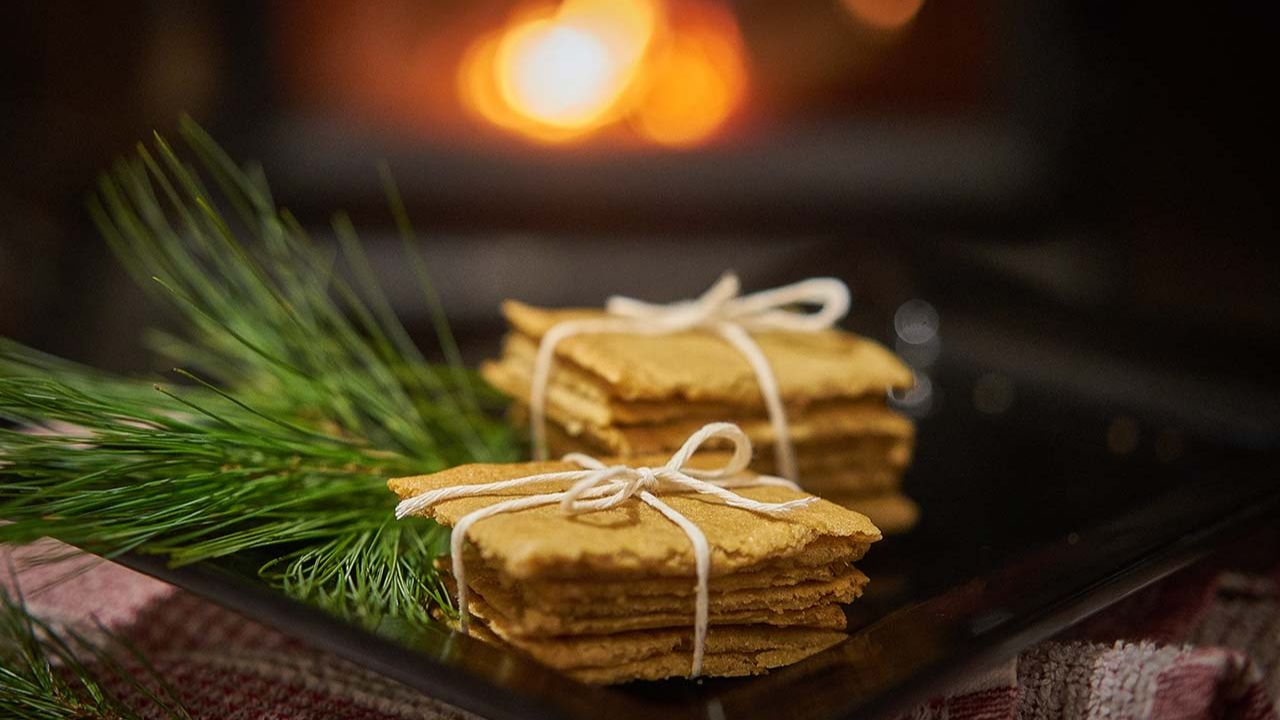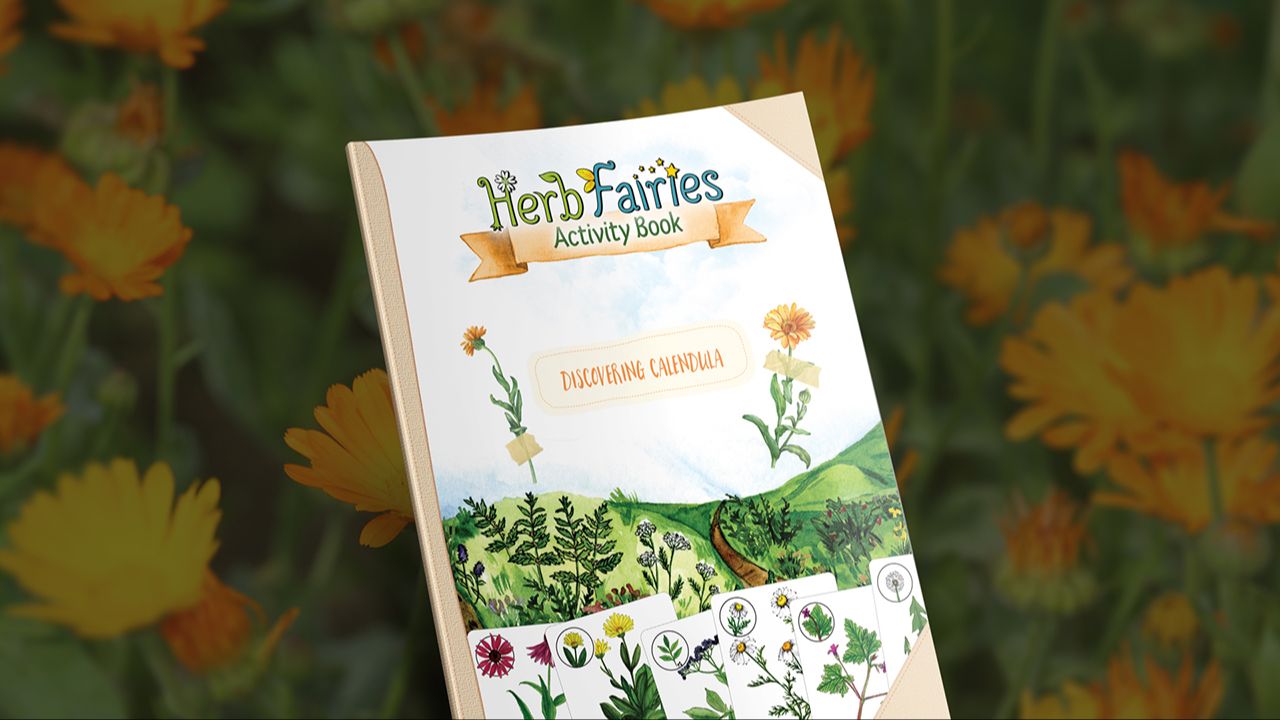
Homemade Tooth Powder
One of my go-to ingredients for a homemade tooth powder is myrrh. Myrrh (Commiphora spp.) is readily available during the colder months (hard to find fresh chickweed in many places) and because of its close association with many different religions and celebrations that occur around the winter solstice.
Myrrh is mentioned in Jewish, Christian, and Muslim texts. While myrrh has several references in the Old and New Testament, those familiar with the Christian religion will recall that gold, frankincense, and myrrh were the gifts brought to the birth of Jesus by the wise men. By the seventh century, myrrh had made its way to East Asia, where it was favored and has remained an important part of the materia medical.
Where Does Myrrh Come From?
In the horn of Africa, a small native tree, covered in spines, grows in the arid deserts. When the bark is wounded through to the sapwood, the tree exudes an aromatic, oily, yellow oleo gum resin which eventually hardens into a hard yellow-reddish opaque globule that can be easily harvested from the side of the tree.

Medicinal Benefits of Myrrh
While people have long treasured the rich resinous smell of myrrh, people have also used myrrh for a variety of ailments such as mouth cankers or sores, wounds, pain, digestive problems, and upper respiratory infections.
Today’s recipe focuses on myrrh’s healing qualities for the mouth. People commonly use myrrh for a variety of problems with the mouth, including for improved gum health (e.g., against gingivitis) and for healing mouth ulcers. People commonly use it as an ingredient in tooth powders and mouth washes. Dioscorides (40–90 C.E.), author of De Materia Medica, even mentions myrrh diluted in wine as a mouthwash to strengthen sensitive teeth and gums.1
More recently, a clinical trial compared the difference of using an aloe gel, a myrrh gel, or a placebo on patients with recurring canker sores. The researchers concluded that, “Aloe was superior in decreasing ulcer size, erythema, and exudation; whereas myrrh resulted in more pain reduction.2
Want to learn more about myrrh? You can check out my complete myrrh monograph on HerbMentor. HerbMentor is an incredible learning herb full of classes, monographs, live meetups, and more. Join the HerbMentor community for just $1 here.
Before we get to our recipe, let’s take a look at some of the other natural ingredients in this blend that will promote fresh breath and more.

Cinnamon (Cinnamomum spp.)
One of the key ingredients in this natural tooth powder is cinnamon. Cinnamon is antimicrobial and astringent, making it a great ally for gum health. It is readily available and cheap. I learned about using cinnamon as a tooth powder from Lesley Tierra and have used it ever since. It tastes great — helping with bad breath — and leaves my teeth feeling smooth.
There have been a couple of in vitro tests that have shown cinnamon essential oil to be effective against pathogenic bacteria in the mouth including Candida strains and Streptococcus mutans (a major cause of dental plaque).3 4 In the future we’ll hopefully see cinnamon’s abilities verified in human clinical trials using cinnamon powder.

Licorice root (Glycyrrhiza glabra)
Licorice root powder is antimicrobial and sweet. It can support healthy gums and gives this powder a sweet taste. Science is beginning to validate this traditional use of licorice. In 2014, an in vitro study showed that licorice root was actually more effective against oral pathogens than the pharmaceutical solution of chlorhexidine.5 It would be interesting to see this put to the test in human clinical trials.
While licorice is commonly contraindicated for people who have high blood pressure, it is used in such small amounts in this recipe that it’s highly unlikely to cause any adverse effects. If you don’t like the taste of licorice powder, you can simply omit it from the recipe. If you still want the powder to taste a bit sweet, then try adding a small amount of stevia powder.
Myrrh and Cinnamon Tooth Powder
Brushing your teeth with powdered herbs may sound strange, but this was the normal practice long before we had what's now thought of as "traditional toothpaste." Making your own homemade tooth powder is simple and you’ll be able to brush your teeth without any harsh chemicals, artificial additives, or artificial flavors found in commercial toothpastes. Plus, you can reduce plastic waste by not buying small tubes of tooth paste. This powder will not foam, but its key ingredients will make your teeth feel clean and support the health of your gums.
What you’ll need…
- 2 tablespoons cinnamon powder
- 1 tablespoon myrrh powder
- 2 teaspoons licorice root powder
- Need herbs? Visit Mountain Rose Herbs.
 |
 |
|---|
- Blend all the powders together and store in a small container with a lid.
- To use the powder, wet your toothbrush. Then, using a small spoon or wooden stirring stick, heap a small mound of powder onto your toothbrush. I do this over the small container holding the powder so that I can trap any falling powder; however, you want to avoid getting drops of water into your powder.

- Lightly brush your teeth as you would with a toothpaste. As long as the powder is stored properly, this mixture should last indefinitely. If you regularly use this recipe, consider making it in larger batches, and you can have a larger jar of tooth powder on hand.
I hope you enjoy this natural tooth cleaning powder!










